Our Technology
Our technologies can save not only edible and no-standard materials, but also what was supposed to be wasted (such as peels, roots, leaves, stems, bones, shells etc.).We support sustainable lifestyle by contributing to long-life foods.
| Using broccoli stems to make functional noodles |
Powdering broccoli stems that were disposed of when harvesting. Adding to noodles as plant protein which can be expected as being more functional (high amino acid score, low sugar, low calories).
| Seasoned with red grape pomace |
Grape pomace, which is produced when red wine is made, is rich in polyphenols. Powdered and mixed with salt to transform into a flavorful seasoning.
| Pumpkin is an addictive snack for pets |
Due to its watery and bland taste, the fruit is originally not suitable for eating (the part from which the seeds have been removed). Drying process makes it an additive-free, crunchy luxury item that is good for your body.
| Waste brown rice to SDGs tea |
Blending tea leaves and roasted non-standard brown rice (cracked, chipped, discolored). Brown rice tea is a type of flavored tea with roasty relaxing scent, which is a pioneer “PLANET FOOD” meeting SDGs.
| Sweets made from linseed oil residue |
Drying stained lees of linseed oil. Nutritious and toasty cookies are made which includes 20 percent of plant protein, by baking with whole grain flour.
| From safflower to natural coloring agents and herbal medicines |
Drying and powdering flowers into yellow pigment used to color vinegar. Red pigment is used as natural dyes/colorants to color food coloring. Also used as raw material for herbal medicine in the Kampo field, for its effects such as improving blood flow, removing blood states and stopping blood.
Case Study
We provide ‘original food designs’ to fully use and long-life whole food.
All the process is one-stop, from arranging materials, planning and development, processing, packaging, to shipping.
We create products one and only in the world, to meet your needs and standard.
<CASE1> Turning superfood into tea
When harvesting, I was wondering if there was a way to use small quinoa, which is not included in the project every time.
Since it was made with time and effort, the taste and quality are not inferior.
Thank you for suggesting a way to use it instead of throwing it away, and reborn as a delicious and healthy food.
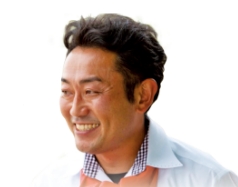
Mr.TAKAHASHI, President of KEMBUCHI VIVA marche co., ltd.
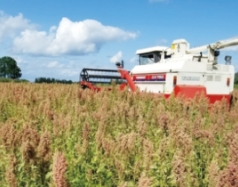
Developing quinoa tea from using sorted-out small grain quinoas.
Tetra-type packaging is a filling packaging that has a large space inside the bag, making it easier for the jumping action of the tea leaves to occur, and increasing the tea’s infusion power.
<CASE2> Turning vegetable into ice-cream topping
The raw materials used to be thrown away near the fields as raw garbage, but I thought it was a waste.
The leaves are dried and powdered, and the fruit is also powdered, and the colors are beautiful and very cute.
Asahikawa Food Design Institute came to the site where my husband graduated from junior high school, and they thought about various things kindly, so I am grateful for the good relationship.
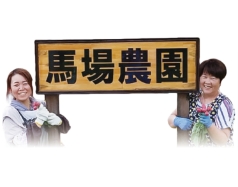
BABA FARM
Mr/Mrs BABA
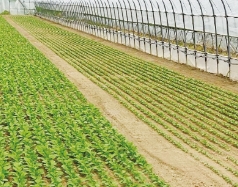
Using left-over fruits and leaves of radish as ice cream topping material. Making waste vegetables delicious and cute.
The leaves are more nutritious than the fruit. they will be pet treads of Beta-carotene-rich.
The pigment component called anthocyanin contained in the fruit has excellent antioxidant action and is effective for beauty and health.
<CASE3> Turing vegetable into confectionery material
味I wanted to save sweet potatoes that weren’t put on the market just because they didn’t look good, even though they didn’t taste the same.
He proposed a powder that is lighter than paste and can be stored at room temperature for a long time, and also introduced overseas export destinations.
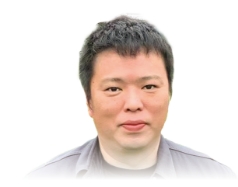
KENKO FIRM Co,Ltd.
Mr. ODAGAKI, President
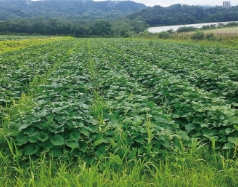
Powdering poor-shaped sweet potatoes, and exporting overseas.
<CASE4> Using mushroom stems as soup stock material
I thought it was a waste because I was throwing away shiitake mushroom stems.
When dried, shiitake concentrates its nutrients, so it was great to be able to use it as an ingredient for a nutritious and umami-rich soup stock.
In addition, by processing, we were able to extend the expiration date and eliminate food loss when the harvest was large.

MURAKUMO Corporation
Agriculture Division
Mr. MURAKUMO, President
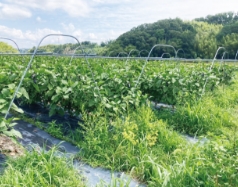
Using cut-off shiitake mushroom stems as soup stock material.
